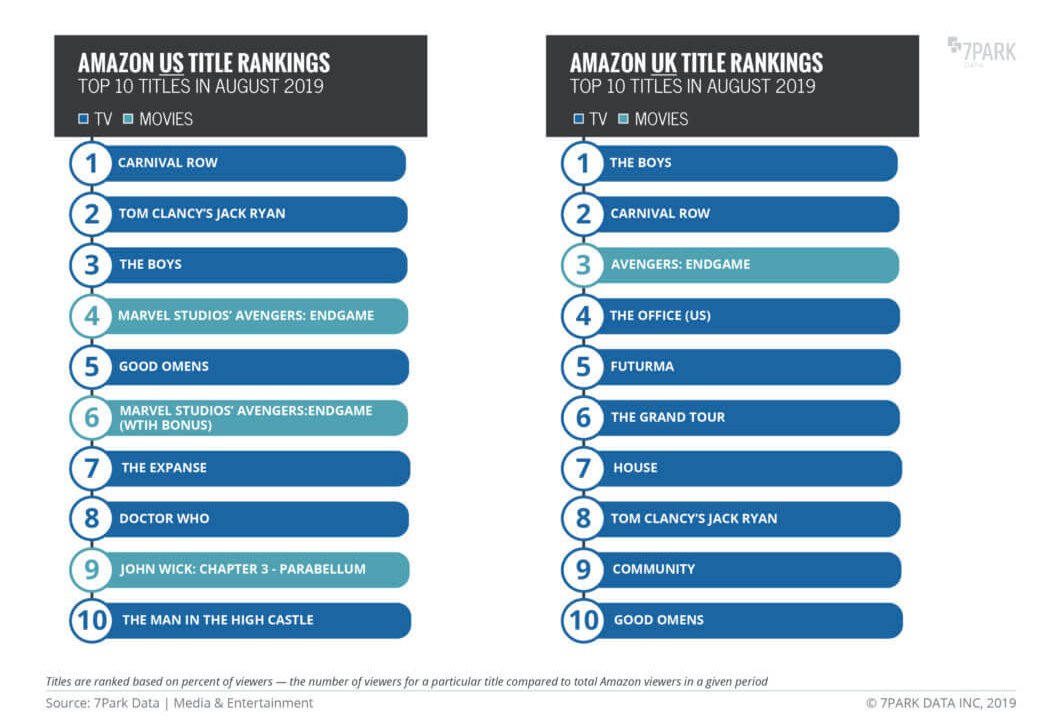I’ll explain ramifications from that, share some tweets that inspired this idea and the limits of the argument now.
(Which refutes Ted Sarandos’ quote here.)

entertainmentstrategyguy.com/2018/12/19/don…
Again, popularity is popularity.
entertainmentstrategyguy.com/2019/05/22/got…
(And I really like @ParrotAnalytics work. More data is better)
And I never saw it.
I tend to solve this by getting country by country data, if I can.


